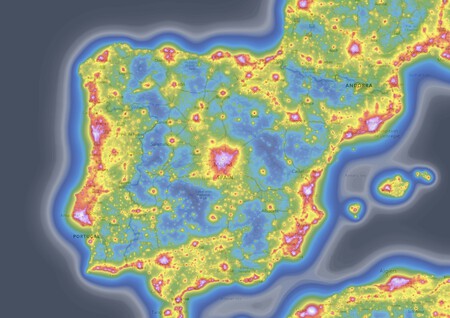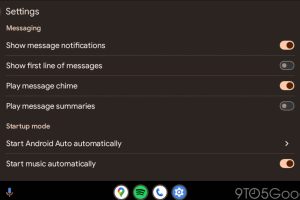We are going to tell you How to know where the Perseids will be best seen using two maps for this purpose. As every summer, the Perseids 2024 promise to be the great astronomical phenomenon of the year, an intense meteor shower whose moment of maximum activity will be on August 12.
The good news is that during the most intimate moments we will be able to see between 100 and 200 shooting stars per hour. The bad news is that not everywhere will it be seen in the same way, and it will depend on everything from light pollution to possible clouds in the sky.
Two maps to know where to see the Perseids

One of the most important maps to know the areas where the Perseids will be best seen is Spain’s light pollution mapand for this we will use the Light Pollution Map website. On it, you will be able to see in increasingly red the areas with more light pollution, and in darker blue the ones with less.
The way to use the map is simple. The less light pollution the better to see the stars and the Perseids. Therefore, you can use it to locate areas near you where it is darker and where the lights of nearby cities and towns do not interfere.


And obviously, another factor to take into account is know if the sky is going to be cloudybecause if you go to an area with little light pollution but it is cloudy or raining, you will not see anything anyway. For that, the best solution is to go to the AEMET websitethe Spanish Meteorological Agency, where you can search for municipalities and see the weather in them. AEMET also has Android app and for iPhonealthough those from other services will also work for you.

And finally, if you’re going out to see the Perseids, it’s a good idea to bring one of the apps to get information about stars and constellations. This can help you because when you’re looking at the sky you might be curious about stars that shine more or less, and while you’re at it, you can always learn a little more.
At Xataka | Meteor showers, planetary alignments and lunar phases: all the astronomical events that we have in sight














![[Img #74675]](https://thelatestnews.world/wp-content/uploads/2024/12/They-discover-a-new-class-of-X-ray-sources-in-the-300x200.jpg)
Add Comment